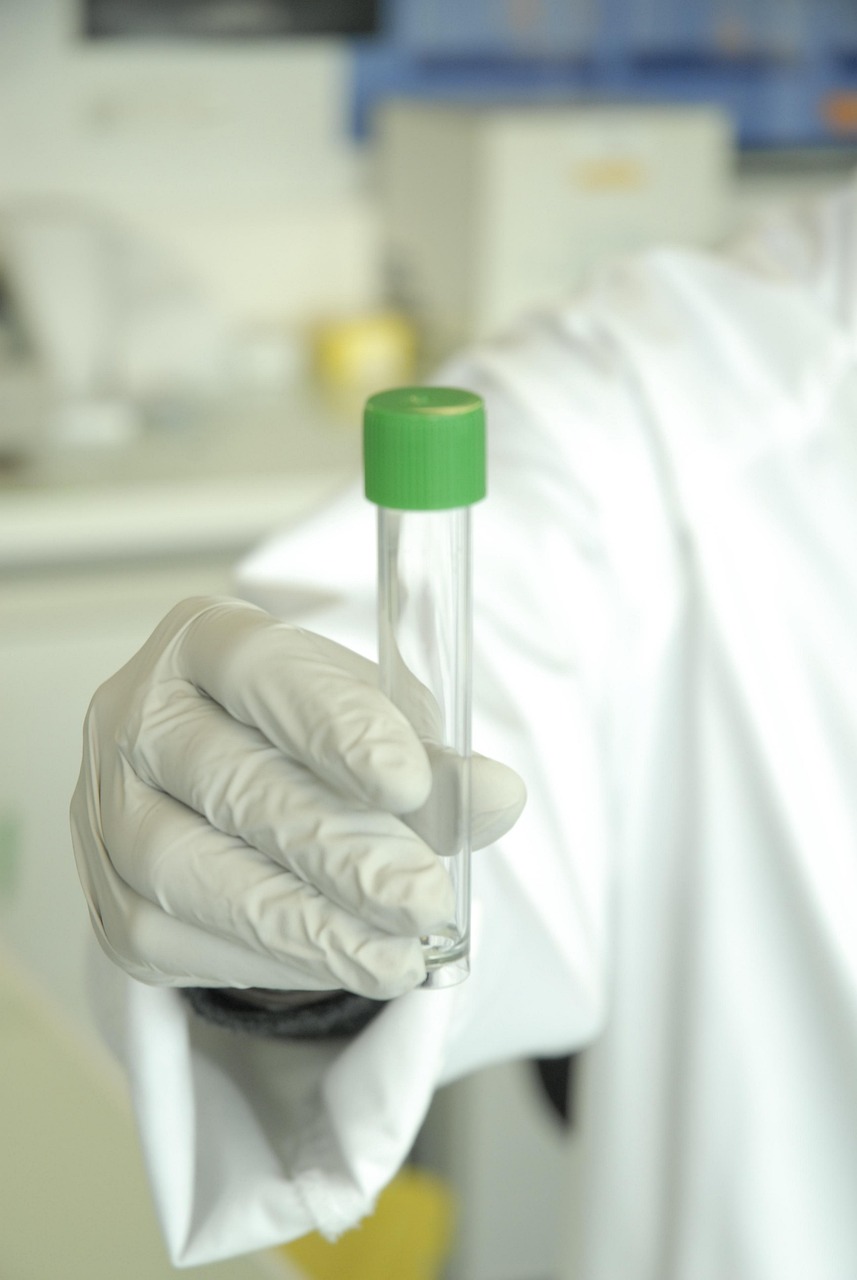The Future of Fitness – Episode 3
If you care about your health, performance, or staying ahead of the curve, this is for you. The Future of Fitness isn’t just a trend; it’s a transformation. From smart wearables and AI workouts to recovery tech and hybrid training, the industry is evolving fast.
Don’t get left behind, get ahead. The future of fitness starts now.
In the realm of sports, the pursuit of excellence has always pushed human limits. From rigorous training routines to technological advancements, athletes continually seek that extra edge to outperform their rivals. But what if the next frontier in athletic enhancement isn’t just about training harder or smarter, but about editing our very genes? At Word-Flux, we delve into these cutting-edge questions, exploring how science and ethics collide in the race for human enhancement. This is the emerging world of gene doping, a revolutionary, yet controversial, approach that could redefine what it means to be an elite athlete.
The idea of gene editing as a medical treatment to repair injuries is promising, it could revolutionize how athletes recover and prevent injuries altogether. However, the same technology, if misused, could lead to unfair competition.
The Sci-Fi Dream Turned Reality
Imagine a world where you could hack your DNA to run faster, jump higher, or become stronger; all with a simple genetic tweak. It sounds like something straight out of a science fiction movie, but scientists are exploring this reality today. Elite athletes are always on the lookout for ways to gain a competitive edge, often pushing beyond natural limits through doping and other artificial means. Anti-doping agencies work tirelessly to develop new tests to detect banned substances, but gene doping presents a new challenge altogether.



What is Gene Doping?
Gene doping involves editing an athlete’s genes to produce permanent enhancements. Unlike traditional performance-enhancing drugs that wear off over time, gene doping can have lasting effects. The process might involve injecting external genetic material that has been edited to boost muscle growth, endurance, or recovery. The body then reproduces these modified genes, effectively making the enhancement permanent.
This technology is still in the clinical trial stage and carries significant risks. Side effects can be severe, including cardiac arrests and cancer. Despite these dangers, some athletes might be tempted by the prospect of a permanent advantage, a true game-changer in competitive sports.
The Ethical and Regulatory Challenge
The line between therapeutic medicine and performance enhancement is blurry. Currently, some treatments that could enhance performance are allowed under the World Anti-Doping Agency if they are medically necessary. This has led to confusion and controversy. For example, during the Rio Olympics, gymnast Simone Biles faced criticism when some claimed her ADHD medication gave her an unfair advantage, although she followed the legal protocols.
Gene doping complicates this further because the modifications are difficult to detect. The altered DNA can appear as a natural part of the body, making it a “hidden” advantage. Moreover, the effects can be permanent, raising profound ethical questions. Is it fair to allow genetic enhancements that could give athletes an insurmountable advantage? Or does this threaten the very integrity of sport?
The Risks and the Future
Gene editing is still in its infancy, and the risks are real. From triggering heart issues to causing cancer, the potential side effects are serious. The debate isn’t just about fairness but also about safety. While some argue that gene editing could be a legitimate way to help injured athletes recover, others fear it could be exploited to artificially enhance performance.
The challenge is distinguishing between legitimate medical use and unethical doping. The boundaries are constantly shifting as science advances. While scientific progress should be welcomed, it’s crucial that these innovations do not undermine fair competition or endanger athletes’ lives.
Actionable Tactics for Athletes and Fans
To build a fair and ethical future in sports, it’s essential to stay engaged and informed. Whether you’re an athlete, coach, researcher, or fan, here are four key ways you can make a difference:
- Stay Informed: Keep up with the latest developments in sports technology and doping regulations.
- Promote Fair Play: Support policies that prioritize athlete health and integrity.
- Advocate for Ethical Use: Encourage responsible science that benefits athletes without compromising fairness.
- Engage with the Community: Join conversations about the future of sports and ethics.

Join the Word-flux Community!
At Word-Flux, we’re passionate about helping you grow, heal, and thrive in all areas of life, especially relationships. If you found this blog helpful, here’s how you can stay connected with us:
- Watch Us on YouTube
Explore uplifting videos, insightful conversations, and practical guidance on our YouTube channel. Subscribe and turn on notifications so you never miss a new upload! Watch now: @wordflux - Subscribe to Our Newsletter
Get exclusive tips, insights, and resources delivered straight to your inbox. Whether it’s relationship advice, personal growth strategies, or inspiring stories, we’ve got you covered. Subscribe here. - Follow Us on Instagram
Join our vibrant community on Instagram for daily inspiration, quotes, and behind-the-scenes content. Follow us @Wordflux9 and let’s grow together! - Connect with Us on Facebook
Stay updated on our latest blogs, events, and discussions by following us on Facebook. Let’s build a supportive community where we can learn and grow together. Follow us Word-flux on Facebook.
So What Can You Do?
Here you can find our Word-Flux helpful cheat sheet.

Word-flux Cheat sheet
1. Permanent Enhancements, Not Temporary Boosts: Gene doping modifies an athlete’s DNA to enhance traits like muscle growth, endurance, or recovery; permanently. Unlike traditional PEDs that fade over time, these changes stay with the athlete for life.
2. Serious Health Risks Involved: This technology is still in the experimental phase and not approved for safe use in sports. Potential side effects include heart failure, immune reactions, and even cancer, making it a high-risk gamble.
3. Tempting but Dangerous Game-Changer: The idea of a permanent performance edge may sound appealing, especially in elite competition. But the ethical, legal, and medical consequences are profound; and could end an athlete’s career or worse.
Take Action Today
Gene doping may sound like the future of elite performance, but it comes with real, life-threatening risks. Don’t let the promise of a permanent edge blind you to the long-term consequences. Educate yourself and your team on the science and dangers behind gene doping. Knowledge is your first line of defense. Stay committed to clean sport. Real performance is built through discipline, not shortcuts. And speak up. If you suspect gene doping in your sport or circle, report it. Protect the integrity of competition.
Remember, the choices you make now define the athlete, and the person, you become.
Want to dive deeper? Check out the other parts of this series via the links below:
- Mental Fitness Is the New Physical Fitness
- Metaverse Gym That’ll Make You Love Working Out
- When Your Shirt Tracks You Better Than You Can
- Ten Cutting-Edge Fitness Tech Gadgets
- The Stunning New Frontier in Sports Enhancement
- S01E2 – Is VR Fitness Actually Effective?
- This is why ChatGPT Impacts the New Training Era




